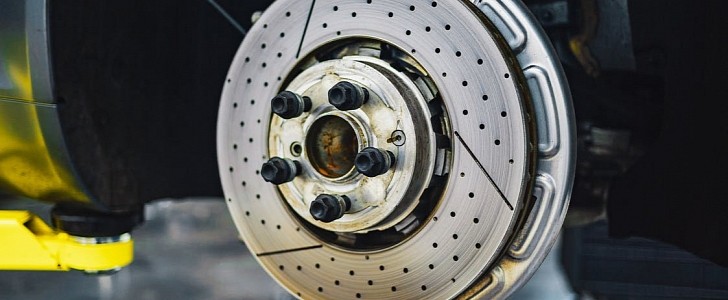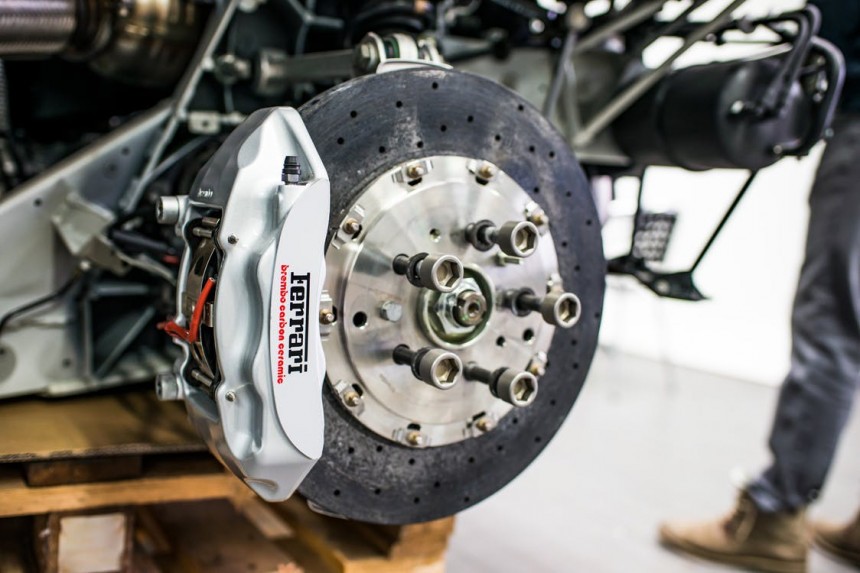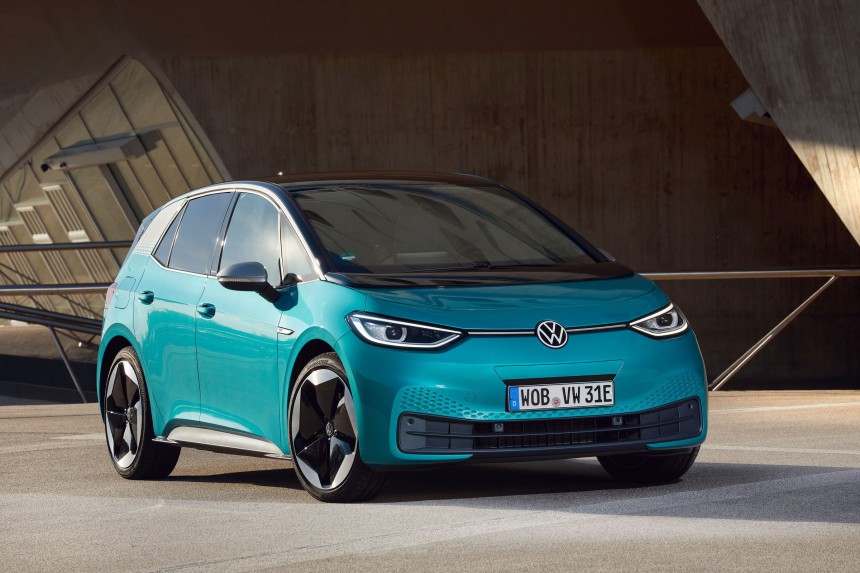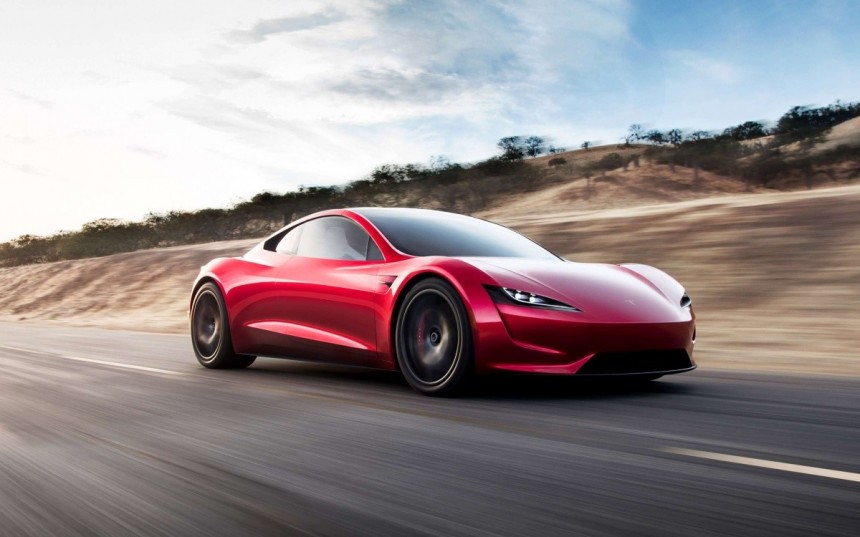Drum brakes aren’t as old-fashioned as most people believe, but even so, these wouldn’t be the first choice for the rear wheels of a 3,500 lbs (1600 kg), 200 hp car like the new Volkswagen ID.3. Why the German engineers opted for this solution, you ask? Well, read further to find out.
A short, tongue-in-cheek answer would be “because they can”, or more precisely, because they can get away with it. Among friction brakes, drums are decidedly cheaper, lighter, easier to manufacture, and easier to maintain set-up.
Compared to drums, discs shine primarily when it comes to performance, meaning stopping power, especially in wet weather. These also dissipate heat noticeably better, which means they will do better job when the brake needs to be applied at short intervals, such as in an urban scenario or racetrack. But whenever engineers can employ drum brakes without significantly affecting the car’s intended function, they will.
For his part, VW spokesman Jochen Tekotte motivates the company’s decision by citing the lower rolling resistance of the drum brake setup, its superior corrosion resistance, and effectiveness.
The latter term should not be conflated with general performance, because when applied to friction brakes, it refers to something very specific: the amount of torque generated per area unit of contacting surface. Counter-intuitively, drums can do more with a lower surface area, all other things being equal.
Furthermore, the back brakes, where drums are generally employed have an easier job to do than the front ones, as basic inertia dictates that most of the weight of a stopping vehicle will be concentrated on the front. The precise figure of how much of the vehicle’s weight will fall to the rear brakes varies with the situation, but it is usually somewhere between 20 and 40%.
The percentage can be lower still when it comes to electric or hybrid cars, as nearly all modern ones use something called regenerative braking. This basically puts the motor in reverse whenever the braking pedal is pushed by using either hydraulics or, more commonly, drive-by-wire. The “regenerative” part comes from the fact that this operation also acts an electrical generator, feeding energy back into the car’s batteries.
Significantly more efficient than friction braking, this system takes precedence in regular situations. However, it is not as powerful as either discs or drums, which are activated by an electronic brake controller when the car needs to come to a quick stop.
Even so, regenerative braking will spare the conventional braking surfaces from a lot of the wear and tear and can sometimes provide some much-needed assistance during emergencies.
Energy-wise, these will provide the most benefit in urban settings, due to the higher frequency of stops. According to data from the Argonne National Laboratory, around half of the energy lost through heat by friction will be “recuperated” by the generator in a city setting, but only one sixth of that when driving on a highway.
In terms of fuel consumption, this translates to aan improvement of 10% to 25% when a hybrid car is concerned.








